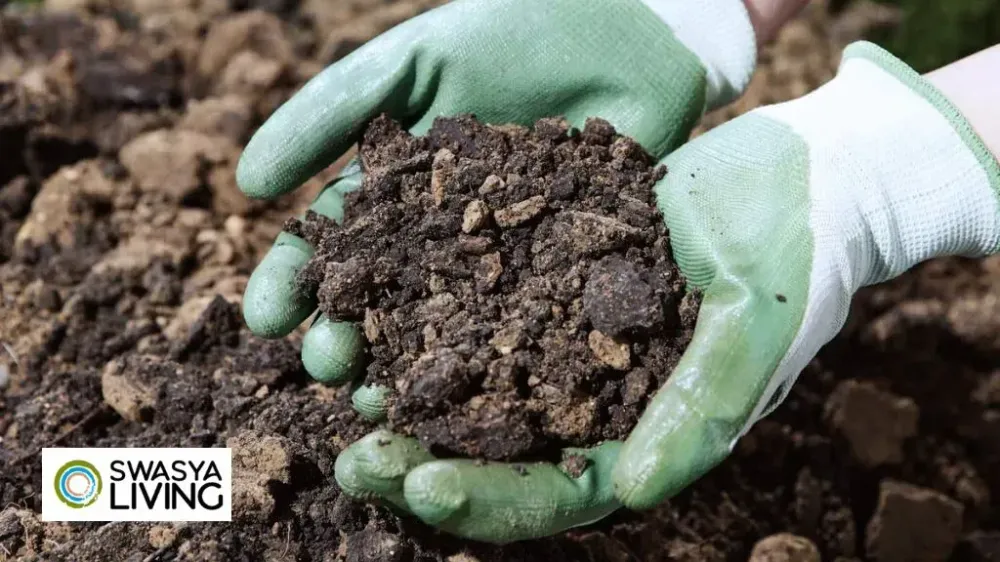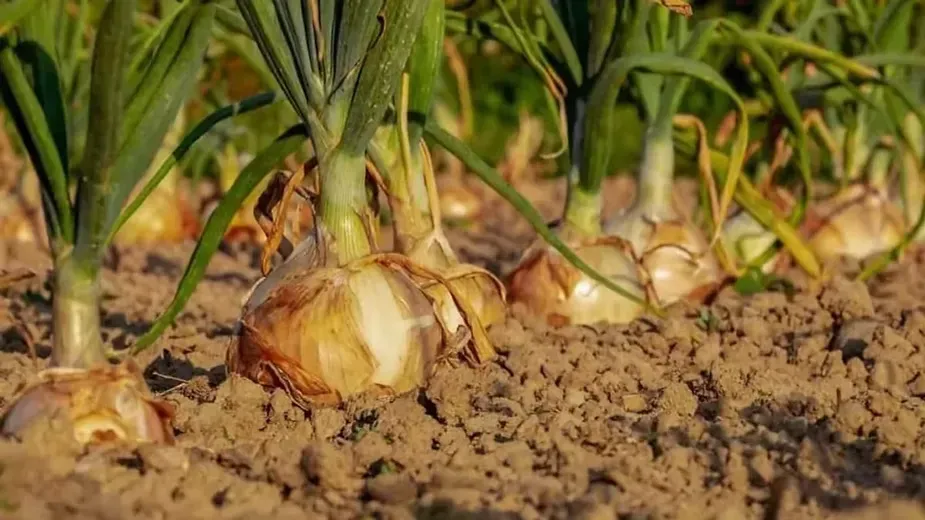How is Clayey Soil Useful for Crops? Benefits & Uses Explained!
Published on July 26, 2025

Clayey soil is an important kind of soil that has a very fine texture with the capability of retaining water, and it is used in the cultivation of certain crops. It has brought about unique properties that qualify its use for irrigation agriculture, where there is a high demand for moisture retention and nutrient retention. This article focuses on the types of clayey soils, their agricultural advantages, and the kind of crops grown in them.
What are the Characteristics of Clayey Soil?
Clayey soil is characterized by a high concentration of fine particles, which make the soil smooth and sticky when in moist conditions. Some key characteristics are:
1. Water Retention
Owing to its close structure, clayey soil holds water better and is suitable for plants that need soil to remain wet.
2. Nutrient Dense
Clayey particles emit negative charges. This causes them to attract the positively charged nutrients that plants require, such as potassium, calcium, and magnesium.
3. Low Permeability
Water passes slowly through clayey soil; nutrient leaching is limited, and vital minerals remain close to plant roots because of the slow water flow through the clayey soil.
4. Very Plastic
Clayey soil can be shaped easily when wet, whereas it hardens when dried, which allows plants to stay anchored.
How is Clayey Soil Useful for Crops?

1. Water Utilization Efficiency
Clayey soil is such a moist-retaining medium for crops during dry spells that they do not nearly always need irrigation, thereby saving resources and effort for farmers.
2. High Nutrient Content
Clayey soils are naturally fertile, encouraging plant growth. They are nutrient-dense; hence, farmers can do away with much fertilization and cost.
3. Roots Stabilization
Its thick structure gives strong anchorage to plant roots, preventing them from being uprooted in heavy wind or rain.
Best for Cultivation of Certain Plants
Some of these include:
- Rice: Because it needs standing water, clayey soil can hold it well.
- Wheat: Well derived in a nutrient-rich environment of clayey soil.
- Sugarcane: Happily grows under average moisture supply.
- Pulses: Like grams and lentils, flourish in the well-prepared clayey soil.
- Construct Pond: Pond construction in the fields for irrigating them mostly involves the use of clayey soils as these soils exhibit low permeability, which hinders the seepage of water.
What are the Challenges of Clayey Soil in Agriculture?
Despite the number of advantages that clayey soil has, some drawbacks come with it as well:
1. Poor Drainage:
Waterlogging may come about as a result of excess rainwater causing damage to the roots of some types of crops.
2. Compaction:
This is a soil process that causes clayey soil to become compact and, as a result, aerographs poorly, and root development is inhibited.
3. Difficult to Work:
It is hard to till and prepare clayey soil, especially when it is dry, as it becomes very hard.
4. Erosion Risk:
Clayey soil, when subjected to heavy rainfall, easily gets eroded because of the loss of its nutrient-rich top layer.
Solutions to Overcome Challenges
Farmers can try these approaches to tap the clearest value of clayey soil up to its limitations:
- Drainage Systems: Install proper drainage systems in order to avoid waterlogging.
- Organic Amendments: Enhance soil structure and aeration with additions of organic matter such as compost.
- Crop Rotation: Deep-rooted crops may aid in breaking poorly compacted soil.
- Mulching: This reduces erosion and helps sample moisture from the soil.
Types of Crops Grown in Clayey Soil
Clayey soils are known for their water retention, and they contain many nutrients, which make them ideal for certain crops, including:
- Rice: Clayey soils hold water so well making it ideal for paddy cultivation.
- Wheat: Does very well in nutrient-rich clayey soil.
- Cotton: Beneficially utilizes the property of holding moisture within the clayey soil.
- Sugarcane: It needs a continued supply of water, which is contributed by clayey soil.
- Vegetables: Greens like spinach and kale can be grown well in clayey soil if taken care of properly.
Tips for Managing Clayey Soil for Agriculture
- Timely Plow: Work on clayey soil when it is moist, more than too wet and dry, and it becomes easier to till.
- Organic Matter Addition: Improves soil structure and aeration.
- Use of Cover Crops: Protection of soil against erosion and maintenance of fertility.
- Regular Soil Testing: Helps uncover nutrient deficiencies and guide fertilizer applications.
Conclusion
Clayey soil is an important agricultural resource, high in fertility and moisture retention capability, making it amenable to many crops. Despite the problems associated with clay, when managed properly, it can also be made productive so that farmers can rely on it. Be it rice in a paddy field or wheat cultivation, clayey soil is the bedrock of agricultural success.
Farmers could also benefit from such an important soil type, where the full potential of clayey soils can be harnessed for better and sustainable production of crops by understanding their properties and developing great strategies.
